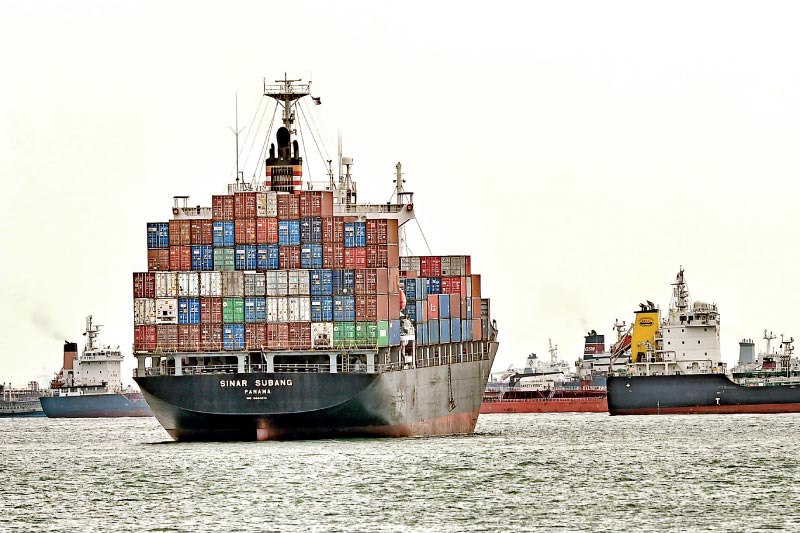Monday Jan 05, 2026
Monday Jan 05, 2026
Friday, 16 August 2024 12:45 - - {{hitsCtrl.values.hits}}

Automatic identification system (AIS) data provides valuable insights into maritime trade flows, enabling real-time monitoring and analysis of disruptions to optimize global shipping routes and enhance trade efficiency.
In the vast expanse of global maritime trading, ships are the lifelines that connect continents and facilitate the exchange of goods. But what happens when ships encounter obstacles along vital passageways? Recent events such as the Panama Canal drought and conflict in the Red Sea have rocked the boat of international trade.
The Panama Canal, a crucial channel linking the Atlantic and Pacific oceans, has experienced a significant decline in transit capacity due to severe drought conditions since early 2023. Because of this, shipping companies diverted vessels, opting for longer routes around South America.
Similarly, the conflict in the Red Sea prompted diversions away from the Suez Canal and the Bab El-Mandeb Strait, disrupting the flow of trade.
The automatic identification system is an automatic tracking system designed to enhance navigation safety. Every few seconds, ships equipped with the automatic identification system send radio messages to satellite or terrestrial receivers. These messages contain information on a ship’s location, speed, destination, and voyage.
In recent years, researchers have found that automatic identification system data represents a valuable repository of information extending beyond its primary function of collision avoidance. It can be used to track transit activities in near real-time and monitor maritime trade flows.
As part of research for the April 2024 Asian Development Outlook report we found that one of the indicators we derived from automatic identification system data is the count of daily transits in major maritime chokepoints.
The Suez Canal and the Bab El-Mandeb strait both experienced a significant decline in the number of ships passing through them after the start of the conflict in the Red Sea. Similarly, there has been a stable decline in the number of ships transiting the Panama Canal since the onset of severe drought in early 2023.
Other indicators derived from automatic identification system data show the effect of such disruptions. With ships being diverted away from the Suez Canal and the Bab El-Mandeb Strait to the much longer route around the Cape of Good Hope, transit times have significantly increased.
This is evident for ships going from Shanghai, People’s Republic of China to Rotterdam, Netherlands. There has been a substantial increase in the transit time in days for ships moving in this route.
Innovative solutions to these challenges are emerging. One promising development aimed at addressing the expected continuation of the Panama Canal drought is the Canadian Pacific Kansas City railway project. It is set to establish a faster and more efficient transportation path spanning Canada, the United States, and Mexico.
By providing an alternative to the Panama Canal, this railway offers a viable solution for when the Panama Canal experiences water supply shortages.
Similarly, the revival of Mexico’s century-old railway, spanning from the Gulf of Mexico to the Pacific Ocean, presents a strategic opportunity to mitigate heavy reliance on maritime routes. With enough investments and government support, these rail projects hold the key to unlocking new trade pathways and reducing dependency on vulnerable maritime channels.
Considering these plans, policymakers must focus on infrastructure investments and regulatory reforms to support alternative transportation modes that would enhance trade resilience. Strengthening inland transportation networks is an essential step to mitigate the impact of maritime disruptions.
As the global economy navigates turbulent waters, it is imperative to address maritime disruptions. By investing in alternative transportation infrastructure, with effective cross-border cooperation, we can build a more resilient and interconnected trading system. (Source: https://blogs.adb.org/blog/how-ship-tracking-technology-can-boost-trade-and-economic-growth)